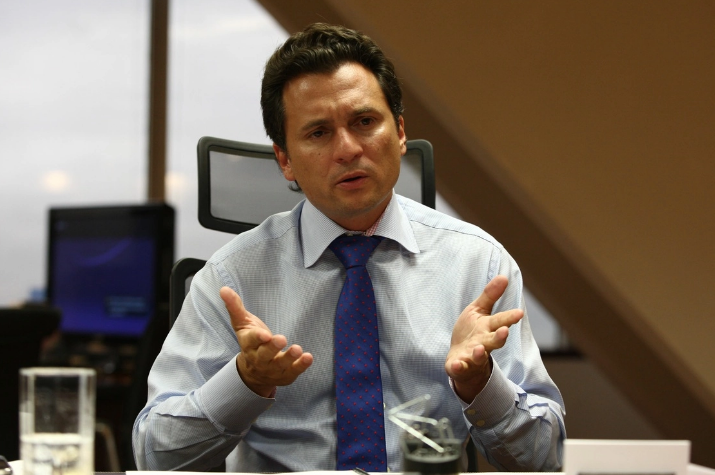Annual inflation in the Republic of Mordovia in March 2024 remained virtually unchanged and amounted to 6.16% after 6.19% a month earlier. Inflation was largely contained by an increase in the supply of some food products. On the other hand, due to high demand, producers and suppliers of certain non-food goods and services more actively transferred increased costs into prices. Inflation in the republic was still lower than in the Volga Federal District (7.41%) and Russia as a whole (7.72%).
Key inflation indicators in the Republic of Mordovia
in % to the corresponding month of the previous year
November 2023 December 2023 January 2024 February 2024 March 2024 Inflation 6.30 5.73 6.27 6.19 6.16 Core inflation 5.05 4.87 5.59 5.80 6.17 Increase in prices for food products 5, 51 5.83 6.57 5.96 5.58 of which: – fruits and vegetables 31.52 33.01 30.78 22.25 14.80 Non-food products 4.55 4.84 5.32 5.38 5, 62 Services 10.68 6.74 6.92 7.72 8.00 of which: – housing and communal services 7.94 1.29 1.33 1.32 1.31 – passenger transport 13.76 8.80 8.26 10 .44 11.52
Source: Rosstat
Foodstuffs
In March in Mordovia, food prices grew in annual terms more slowly than in the previous month. The increase in March was 5.58% after 5.96% in February. This is mainly due to the expansion of the supply of vegetables and fruits.
In Mordovia, as in Russia as a whole, the production of greenhouse vegetables has increased. Thanks to this, their supply increased. As a result, prices for cucumbers and tomatoes grew more slowly in annual terms in March than in February.
The volume of supplies of some imported fruits has increased. As a result, prices for oranges, grapes, and pears did not rise as quickly year-on-year as a month earlier.
The Russian government has zeroed out import customs duties on chicken eggs imported from some countries. This increased their supply in the domestic market. Therefore, the annual increase in egg prices has slowed.
Non-food products
In March, the annual increase in prices for non-food products increased to 5.62% after 5.38% in February. Prices rose faster due to high demand for a number of non-food products. In such conditions, their suppliers and manufacturers continued to transfer increased costs into prices, including logistics and labor costs.
The continued high demand for tires allowed their suppliers and manufacturers to transfer increased costs into prices. As a result, the annual decline in the cost of tires gave way to an increase. The effect of the low comparative base of last year also had an impact: then the supply of tires was growing, including due to the development of parallel imports, and the demand for them was low due to a decrease in sales of passenger cars, so tires became cheaper in March 2023.
Due to the high demand for building materials and furniture, their manufacturers and suppliers more actively included increased costs in prices, including logistics and labor costs. As a result, annual price increases for these goods accelerated.
Services
In March, services in Mordovia increased in price in annual terms by 8.00%. This is more than in February (7.72%). This dynamics is mainly explained by the increased costs of providers of a number of services.
Air carriers’ costs have increased, including on jet fuel. High demand for domestic travel has allowed airlines to more actively transfer increased costs into prices. As a result, the annual decline in prices for economy class tickets was replaced by an increase in March.
Suppliers of household and medical services transferred increased costs into prices, including the purchase of consumables and labor costs. As a result, prices for these services grew faster year-on-year in March than in February.
Inflation in the Volga Federal District and Russia
In March, annual inflation in the Volga Federal District slowed to 7.41% from 7.54% in February. This is largely due to the expansion of the supply of certain food products. Also, services whose prices can change significantly and frequently, such as tourism services, also contributed to the reduction in inflation. Inflation in the district was still below the national average (7.72%).
Annual inflation in Russia remained virtually unchanged in March and amounted to 7.72% (in February – 7.69%). The current rate of price growth in March was lower than in February. In the country as a whole, prices for passenger transport services and foreign tourism rose more slowly, while prices for vegetables and fruits decreased faster. The March rate of price growth was noticeably lower than the peak values in the fall of 2023, but they are still above the target level. The main pro-inflationary factor is high domestic demand, which continues to outstrip the possibilities for expanding the supply of goods and services. To sustainably reduce inflation, the Bank of Russia will maintain tight monetary conditions for a long time.
Preview photo: Freepik


